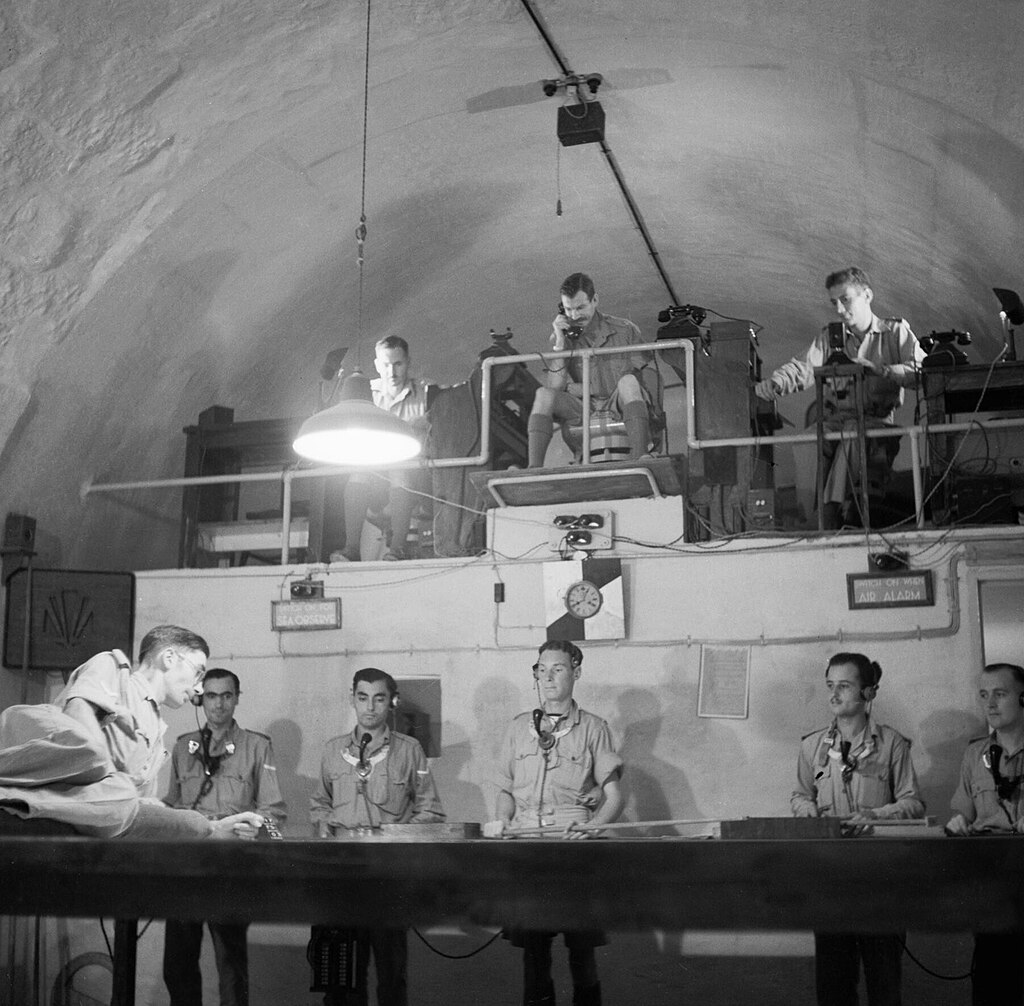Dark Alley Dan
CGN Ultra frequent flyer
- Location
- Darkest Edmonton
'Fraid my knowledge of tractors is pretty slim, but it is a slick looking outfit, isn't it?
The story of Nancy Bentley, the first female member of the Royal Australian Navy, as related in the Navy Daily:

The story of Nancy Bentley, the first female member of the Royal Australian Navy, as related in the Navy Daily:

Twenty-one years before the first Women’s Royal Australian Navy members (WRANs) entered service due to a shortage of telegraphists during the Second World War, a young Tasmanian girl was enlisted into the Royal Australian Navy.
In a remarkable twist of fate, six year old Nancy Bentley was playing in bushland at Port Arthur when she slipped and was bitten on the wrist by a snake. With the closest doctor at Sorrell, many miles away, her desperate father rowed the child to HMAS Sydney (I), then anchored in Carnarvon Bay after conducting exercises off Tasmania’s east coast, and pleaded for the ship’s medics to assist. Commanding Officer, Captain Henry Cayley, weighed the situation and so as to avoid legal complications and not breach the King’s regulations and Admiralty instructions that women were not meant to board Royal Australian Navy warships, he devised a solution.
On 15 November 1920, Nancy was formally enlisted as an honorary member of the Navy. Her service number was 000001 and her official rating was mascot. She was enlisted “till fed up”.
Sydney transported the child to Hobart, where she received medical treatment and visited the cinema, before being returned to Port Arthur. During her eight days of service, the crew doted on Nancy. She was issued with a Service Certificate, a Conduct Record Sheet and a uniform. They assessed her character as being “very good” and her naval rating ability as “exceptional”. Having fully recovered Nancy was formally discharged from Naval service on 23 November 1920 - the reason given “being required by her parents”.
Nancy went on to live a full life and became Mrs Nancy Jones and lived until 1999 aged 85. In an interview given to the Hobart Mercury in the 1970s, Nancy she remembered being treated well. “I was the crew’s official mascot and everybody from the Captain down gave me VIP treatment,” Nancy said. “While I was in sick bay at Port Arthur, mum and dad were given permission to visit the ship and bought me cow’s milk.”
In 1986, Nancy became a life member of the HMAS Sydney Association, an invitation that is only extended to those who have served on one of the four ships so named.


















































































